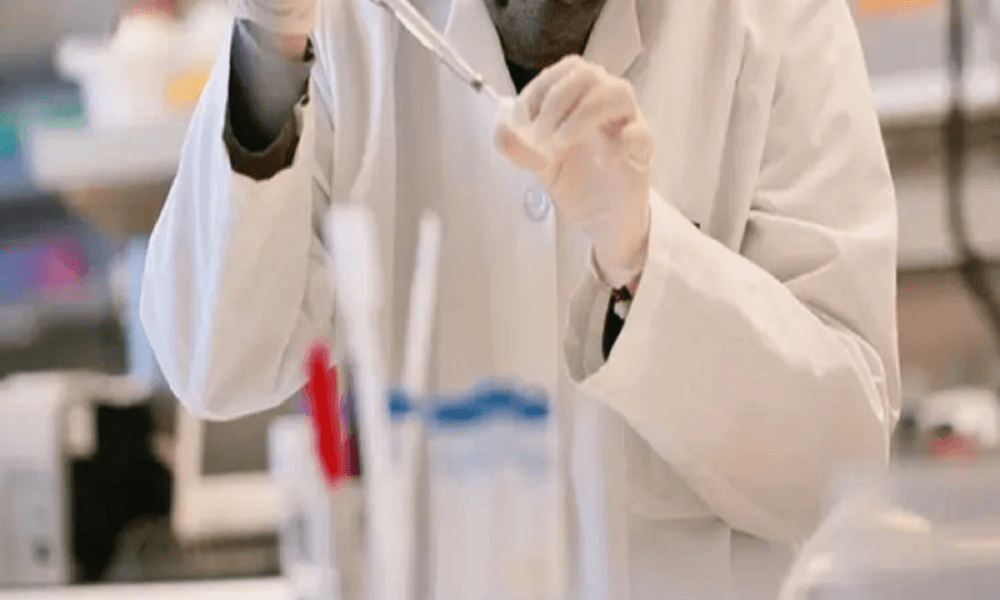
Israeli scientists create complete human-like embryo models from stem cells
Jerusalem, Sep 7 (IANS) A team of Israeli scientists has created a complete human embryo model using stem cells that closely mimics the real one, but without sperm or egg.
According to the team from the Weizmann Institute of Science in Rehovot, Israel, the human-like model will unravel the mysteries of the initial month that is “still largely a black box” for scientists.
The team headed by Prof. Jacob Hanna managed to grow the models outside the womb up to day 14, after culturing in the lab.
Cellular aggregates derived from human stem cells in previous studies could not be considered genuinely accurate human embryo models, because they lacked nearly all the defining hallmarks of a post-implantation embryo.
Reported in the journal Nature, the new synthetic embryo models had all the structures and compartments characteristic of this stage, including the placenta, yolk sac, chorionic sac and other external tissues that ensure the models’ dynamic and adequate growth.
Every compartment and supporting structure was not only there, but in the right place, size and shape. Even the cells that make the hormone used in pregnancy testing were there and active: When the scientists applied secretions from these cells to a commercial pregnancy test, it came out positive.
“The drama is in the first month, the remaining eight months of pregnancy are mainly lots of growth,” Hanna said.
“But that first month is still largely a black box. Our stem cell-derived human embryo model offers an ethical and accessible way of peering into this box. It closely mimics the development of a real human embryo, particularly the emergence of its exquisitely fine architecture.”
Little is known about the early embryo because it is so difficult to study, for both ethical and technical reasons, yet its initial stages are crucial to its future development.
During these stages, the clump of cells that implants itself in the womb on the seventh day of its existence becomes, within three to four weeks, a well-structured embryo that already contains all the body organs.
“Many failures of pregnancy occur in the first few weeks, often before the woman even knows she’s pregnant,” Hanna said.
“That’s also when many birth defects originate, even though they tend to be discovered much later. Our models can be used to reveal the biochemical and mechanical signals that ensure proper development at this early stage, and the ways in which that development can go wrong,” he added.
Importantly, the researchers discovered that if the embryo is not enveloped by placenta-forming cells in the right manner at day 3 of the protocol (corresponding to day 10 in natural embryonic development), its internal structures, such as the yolk sac, fail to properly develop.
“An embryo is not static. It must have the right cells in the right organisation, and it must be able to progress — it’s about being and becoming,” Hanna said.
“Our complete embryo models will help researchers address the most basic questions about what determines its proper growth.”